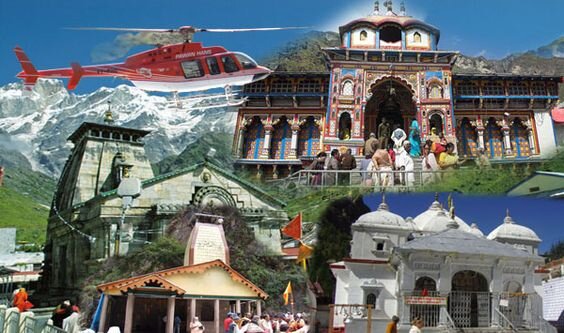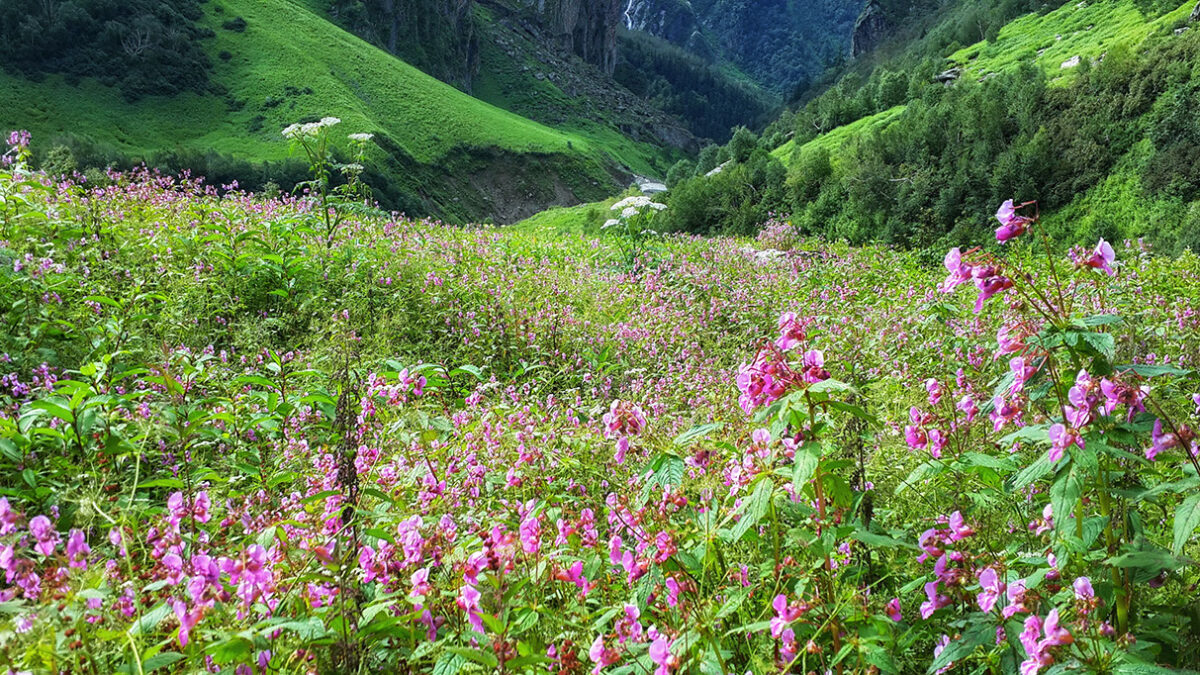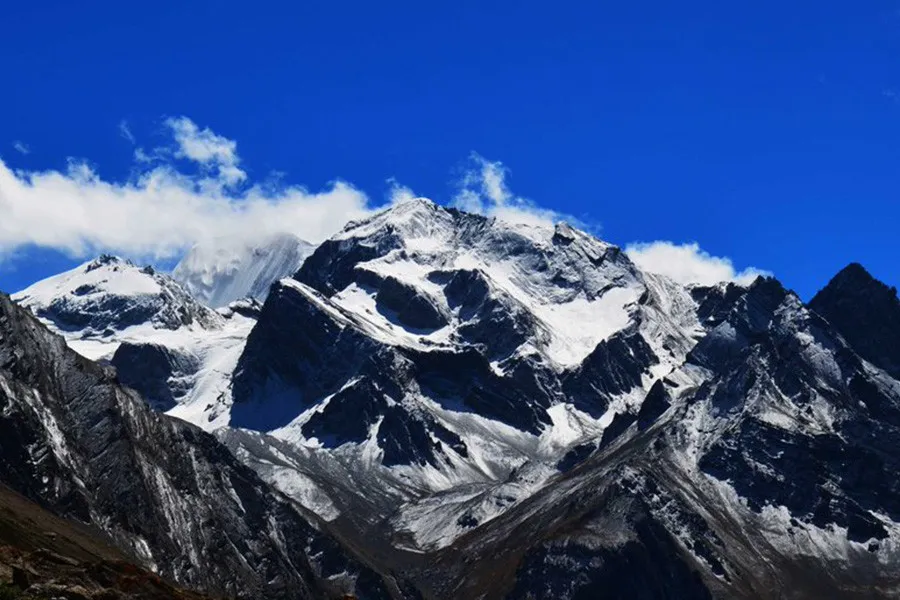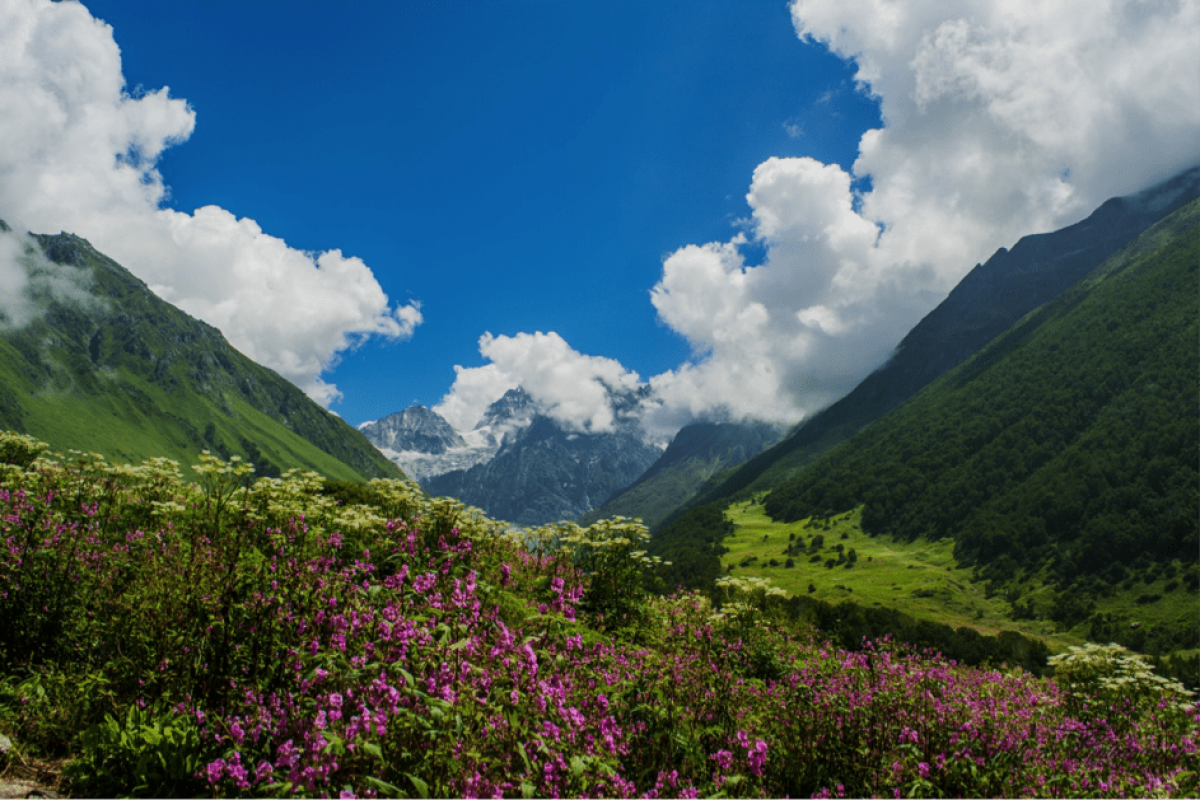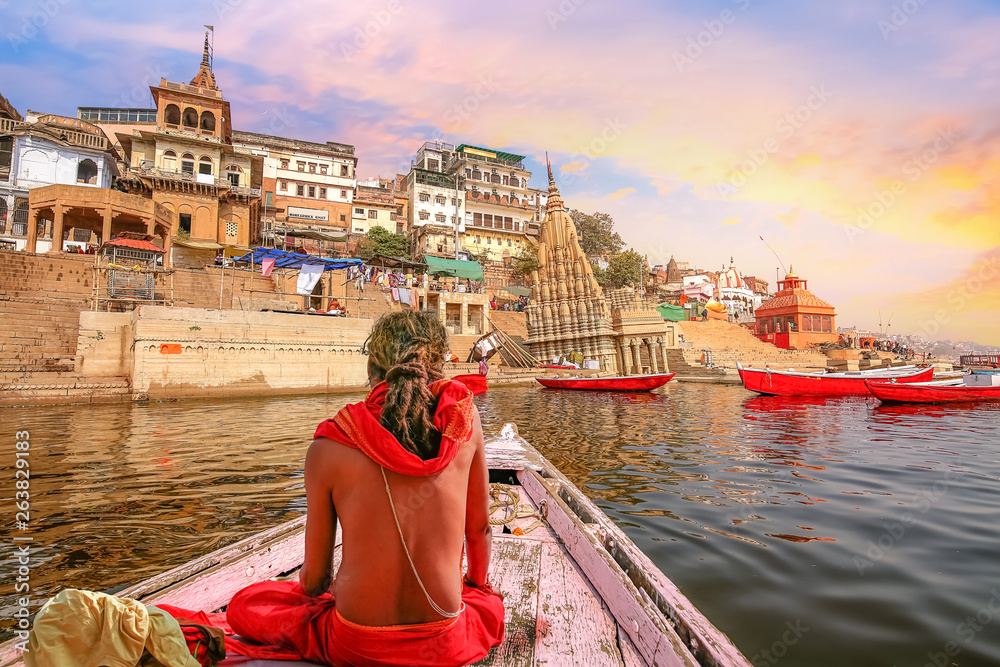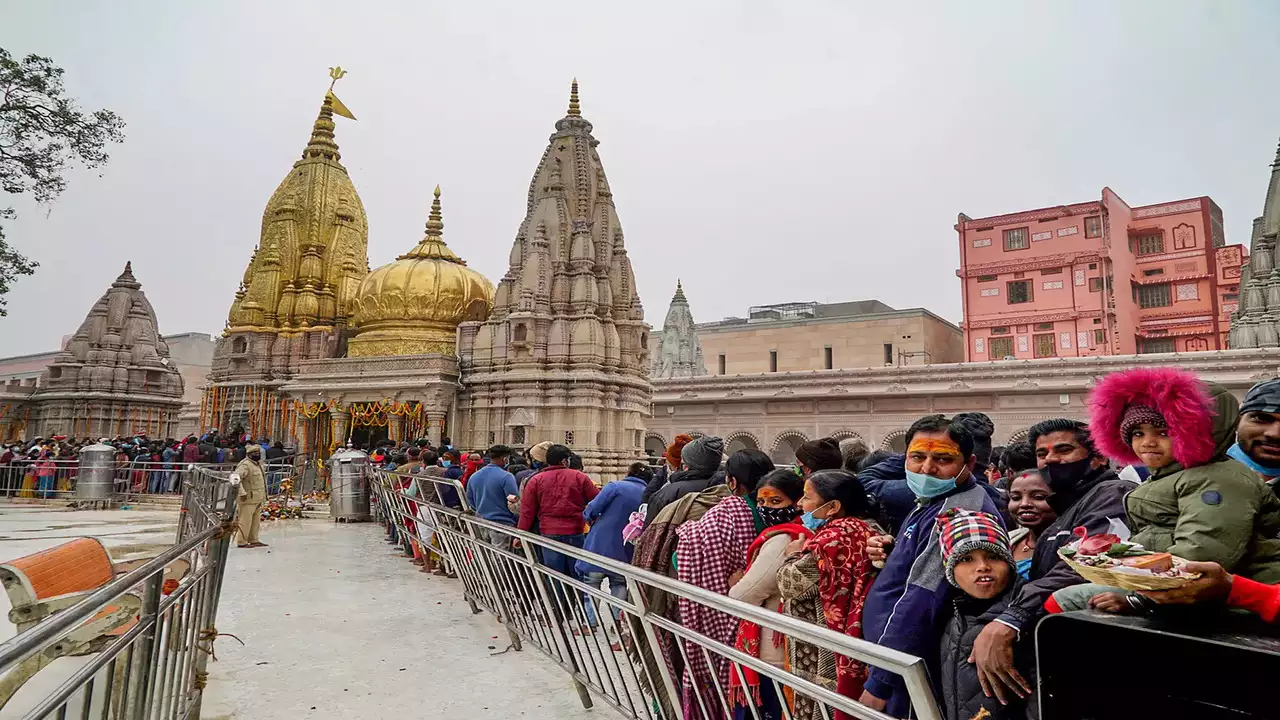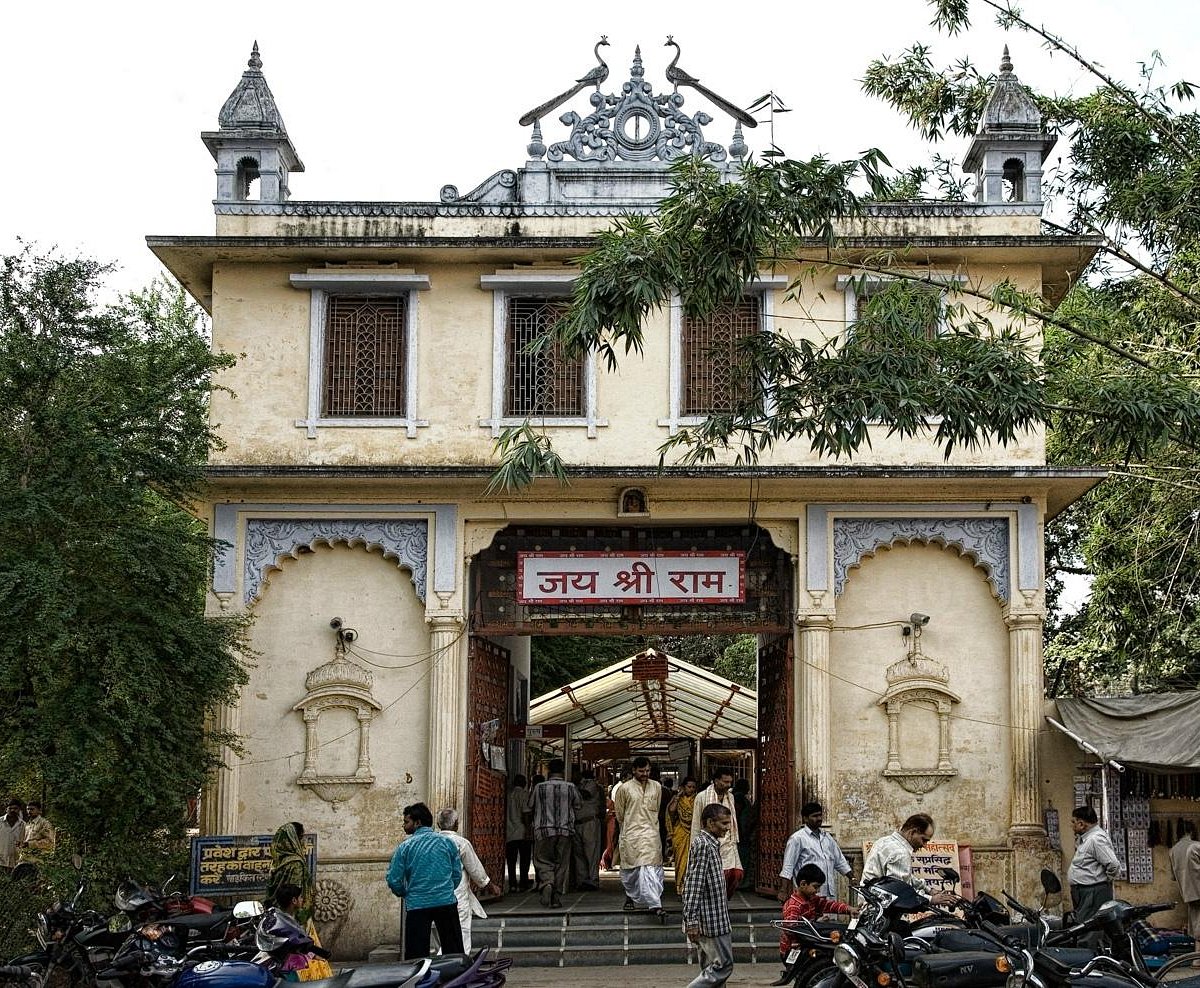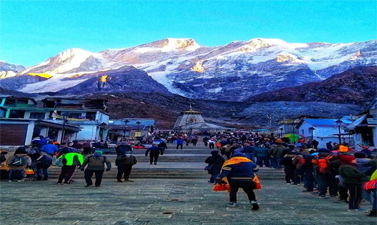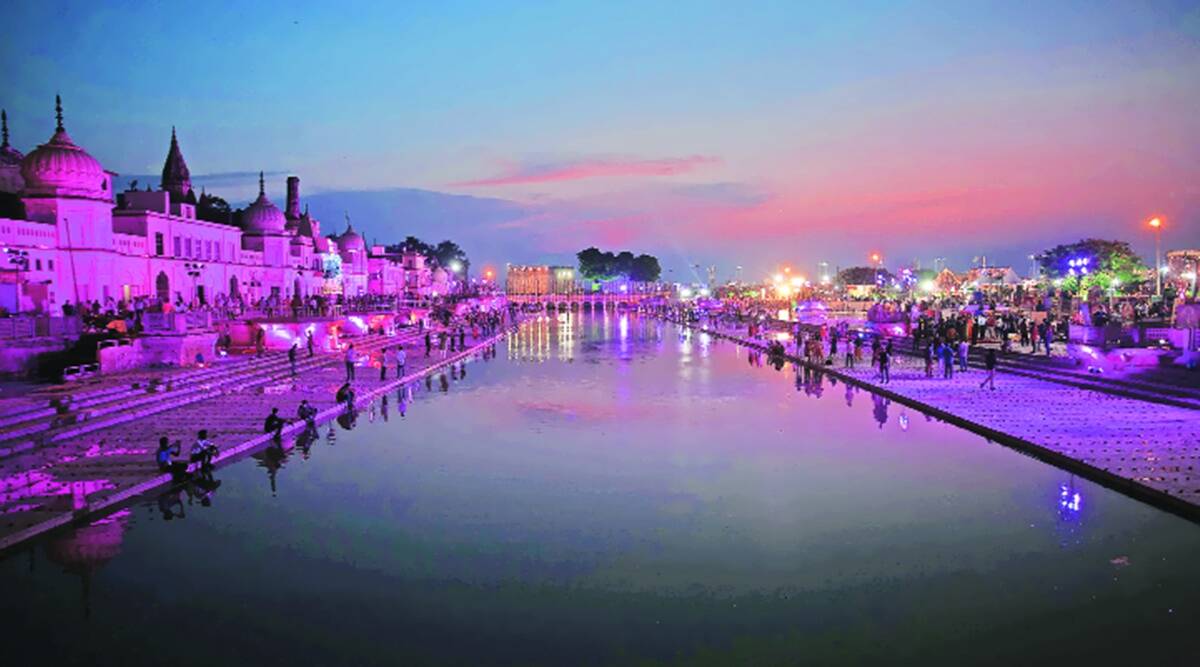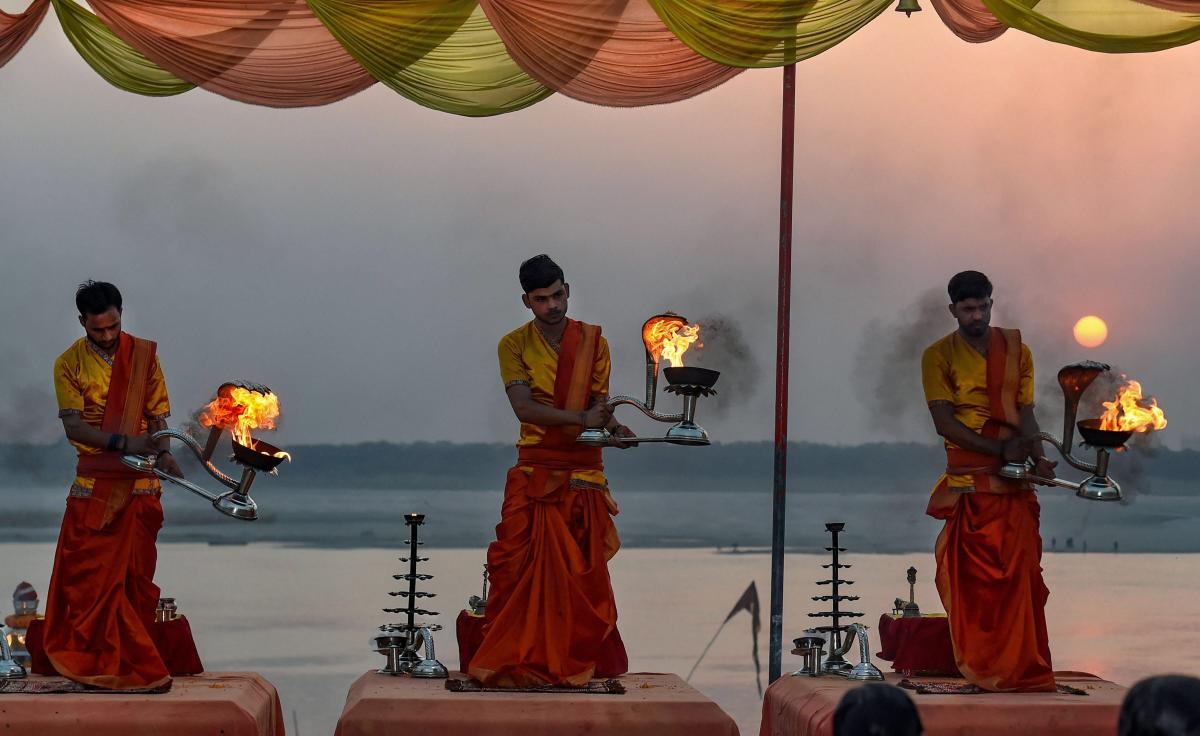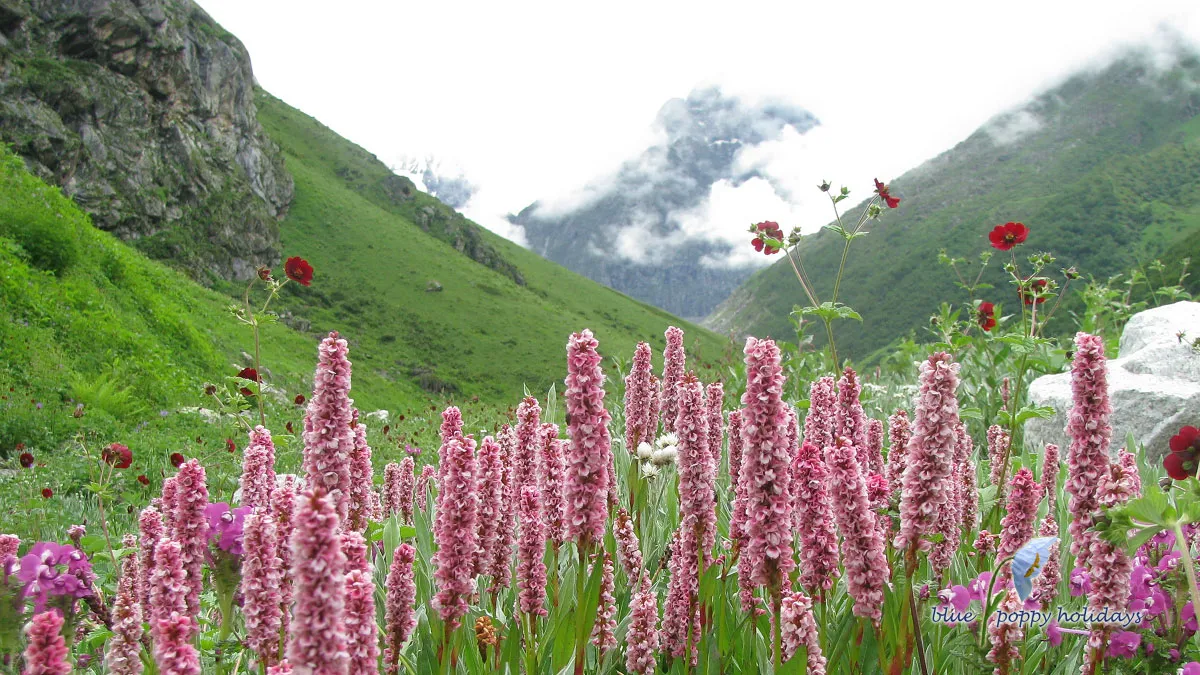Places to visit in Sikkim are Gangtok, Pelling, Nathula Pass, Lachen, Lachung, Tsomgo Lake, Gurudongmar Lake, Yamthang Valley, Zuluk, Namchi, Ravangla, Camping site on Teesta river in Melli and Many More places. In addition, Lakes of Sikkim are very famous like Tsomgo Lake, Gurudongmar Lake. Also Sikkim known for its Monastery. Sikkim is full of breath-taking view of Himalaya. Also, each place of Sikkim has unique scenic beauty. Sikkim is perfect place for visit for family tour, Nature lover, trekkers and adventure enthusiast. Every year lakhs of Tourist visit Sikkim and each and every tourist enjoy the places they visit in Sikkim. Places of Sikkim are untouched natural beauty. And mesmerizing scenic view of this places makes every tourist over Joyed.
Places to visit in Sikkim below
Zuluk – East Sikkim:–
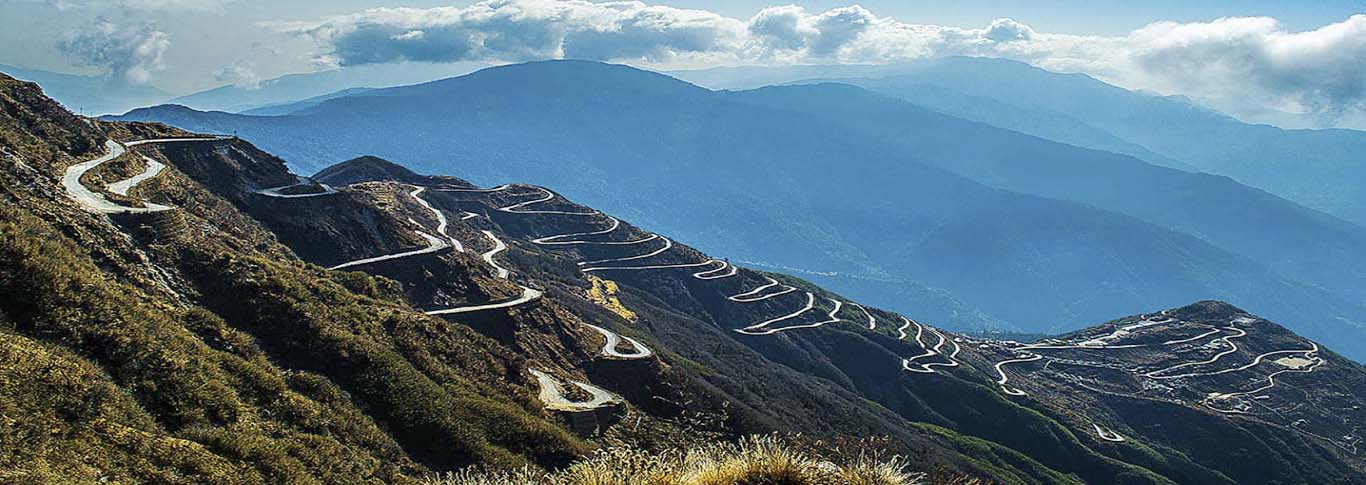
Zuluk is fastest growing offbeat destination in Sikkim. Tourist destination Zuluk is in east Sikkim at height of 9500 feet. Also, Zuluk is historical old silk route for trade between India and Tibet. The spiral zigzag road and breath-taking scenic view of Kanchenjunga Mountain attract tourists at Zuluk. This road has 32 pin band or sharp turn or curve. Moreover, Zuluk offers various home stay options to tourist. Apart from that, Road to Zuluk is pass through the dense forest. This forest is full of wild animals like Tigers, Leopard Deer, Himalayan Bears, Deer’s, Wild Dogs and many more.Not only that, it is famous for bird watching. Tourist can see beautiful snow pheasant, monal pheasant and Blood Pheasant here. Also, Tourist can visit famous nag temple near Zuluk. This temple in shape of King Cobra snake.
To sum up, Zuluk of east Sikkim is full of scenic natural view of dense forest to snow caped mountains. Also mesmerizing unparalleled beauty tracts tourist and making it fastest growing destination in Sikkim.
How to reach Zuluk
Zuluk is just 95 KM from Sikkim’s capital Gangtok. It is well connected by road from Gangtok and Siliguri. Tourist can hire shared taxi to reach Zuluk. Apart from that private taxies are also available for Zuluk.
Stay in Zuluk
Zuluk offers various home stay option for accommodation with homely cooked food is available here.
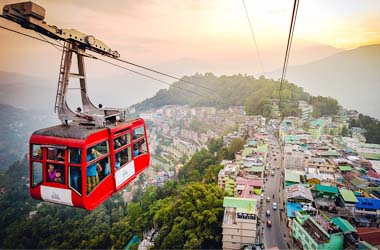
Gangtok is most visited place in Sikkim. It is base for Sikkim sightseeing. Places to visit in Gangtok are M G road, Tashi view point, Ganesh Tok, Dro-dul Chorten, Gonjang Monastery, Hanuman Tok, Flower show, Cottage Industry and Handicraft Centre, Institute of Tibetology and Banjakhri Falls and Many More. Gangtok offer my places to visit for its natural Himalayan view. So Natural scenery and eye pleasing view and so many places and monastery to enjoy and adore, Makes Gangtok a Must visit place in Sikkim tour.
Gangtok has Cable car ropeway. And from rope you can see whole Gangtok city and Kanchenjunga Mountain. Its provide 360 degree view of Gangtok Sikkim’s capital.
Hotel Stay and Food of Gangtok:–
Gangtok offers best hotel accommodation for stay. And food of Gangtok is very tasty. Must try local food of Gangtok. Gangtok has all type of Hotel Accommodation. From budget hotel for pocket friendly stay to 2 star hotel, 3 star hotel and 4 star hotel for Luxury Stay. M G Road of Gangtok have various restaurant. You can have your choice of food but once try local cuisine of Sikkim also.
How to Reach Gangtok
Gangtok is well connected by road. Nearest Airport Is Bagdogra Airport and Nearest Railway Station Is New Jalpaiguri Railway Station. Gangtok is 135 Km from Bagdogra Air Port and NJP Railway station. Normally its take 4 to 5 hour to reach Gangtok. But drive is beautiful and scenic along Teesta River.
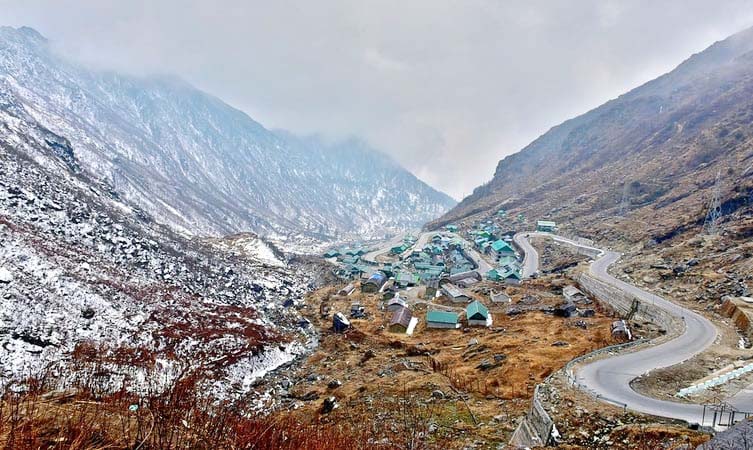
Nathu La Pass is must visit place in Sikkim Gangtok tour. It is one of highest motorable road in Northest region of India. It is at height of 14550 feet. Also, Nathu La pass is one of most famous place in Sikkim. In addition it is famous for its snow view and scenic Himalayan view. Nathu La pass is the old silk route for trade between India and China. It is border of India and Tibetan. It is just 62 KM from Gangtok. Permit is required to visit Nathu La Pass. Normal temperature in here is 10 degree Celsius in summer and minus 20 degree in winter. So tourist must bring heavy woolen clothes.
Best time to visit Nathu La Pass is from April to November every year. In winter due to heavy snow normally it closes for tourist.
How to reach Nathu La Pass:–
Nathu La pas is just 62 Km from Gangtok City of Sikkim. It takes 2 to 3 hour to reach Nathu La Pass. Taxis are available from Gangtok to Nathu La Pass..
How to get for Nathula Pass:–
Permit is must for Nathu La visit. Only Indian citizen are allowed to visit. For permit document required are 2 Photo and Valid ID proof of person visiting. You can take the help of travel agent for Nathu La Pass permit or you can apply for permit through tourism and civil department of Sikkim.
Lachen and Lachung:–
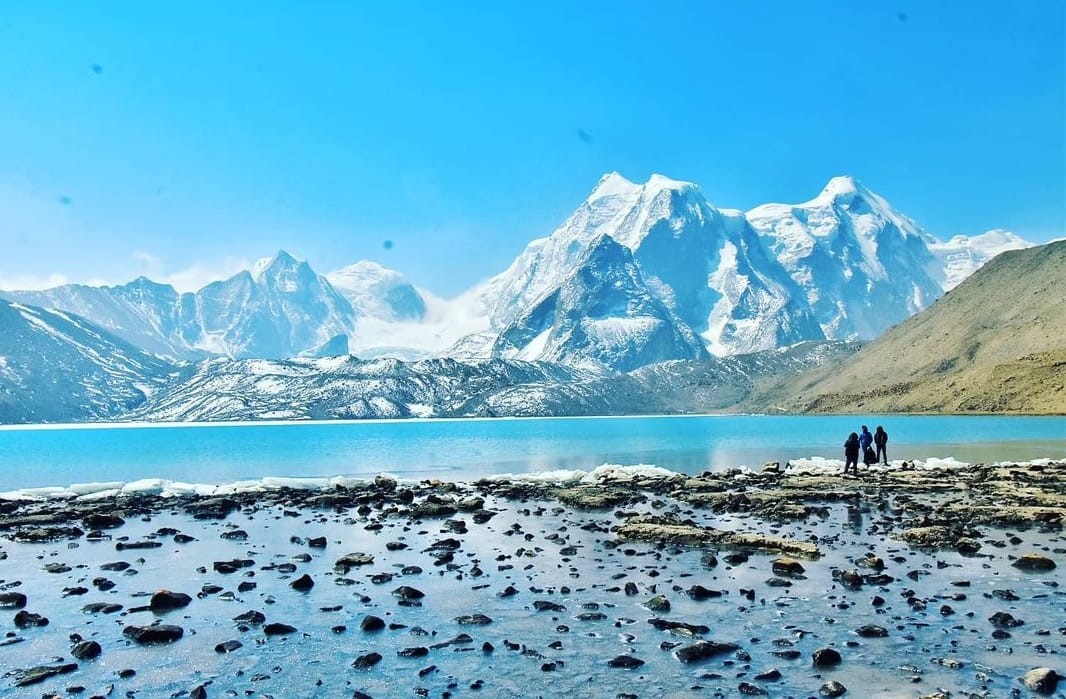
Lachen and Lachung are famous as twin sister of Sikkim. Both Lachen and lachung are located in north Sikkim region of India. Lachen Is 130KM from Gangatok and Lachung is 110 Km from Gangtok. It is gateway to Gurudongmar Lake, Yamthang Valley and Chopta valley. Stunning Himalayan view from Lachung and Lachen attract tourist. Tourist enjoy visit of Lachung and Lachen. Many waterfalls to see reroute makes Lachen Lachung tour more memorable. Must visit Lachen Monastery in Lachen. It is at height of 8950 feet. Lachung meaning is small pass and Lachen means Big Pass. Yak race in summer is very famous in Thangu near Lachen. While going to Lachen and Lachung you visit Chungthang. In Chungthank is on sangam (merger) of Lachung and Lachen River.
How to reach Lachen and Lachung:–
You can reach Lachen and Lachung by shared taxi or by hiring private taxi. Its takes 6 hour to reach though distance from Gangtok is only 110 to Lachung and 130 km to Lachen respectively. From Lachen to Lachung is Just 50 Km and 2 to 3 Hour drive.
Stay option’s in Lachen and Lachung
Good hotels are available for stay in Lachen and Lachung. You can find home stay also in Lachen and Lachung. So all comfortable stay is easily available in Lachen and Lachung.
Tsomgo Lake:–:–
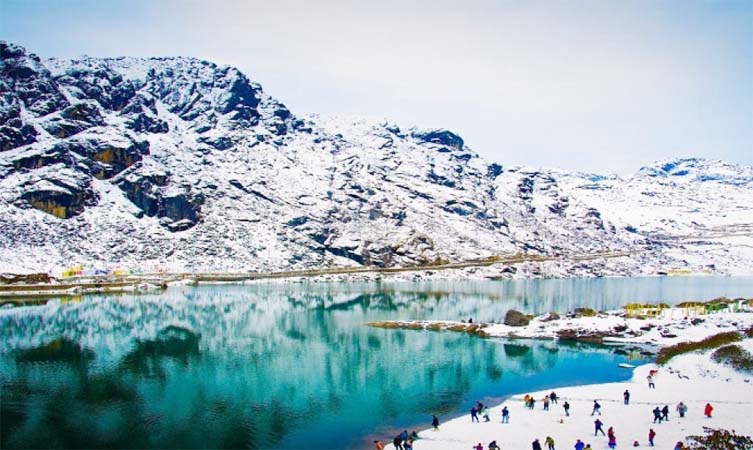
Tsomgo Lake is one of most beautiful and most visited Lake of Sikkim. Changu Lake or Tsomgo Lake is in east Sikkim. Also it is just 44.2 KM from Gangtok. The mesmerizing view of lake attract very visitor. Do not miss Colorful and decorated yak ride at lake. Also it is perfect place to capture photo for life time memory. Tsomgo Lake is holy lake for local resident. Also its changes color in each season. In summer it full of flowers around and in winter it lake frozen and gives snow white look. It is definitely must visit place of Sikkim Gangtok Tour.
How Reach Tsomgo Lake:–
Tsomgo Lake is just 2 hour drive from Gangtok. It is 44.2 Km from Sikkim’s capital Gangtok. Private taxi as well as shared taxi is easily available from Gangtok to Tsomgo Lake. Shared taxi charges for Tsomgo Lake from Gangtok is INR 450 Per seat.
Gurudongmar Lake:–

Gurudongmar Lake is one of highest Altitude Lake of India. It is in north Sikkim. It at height of 17800 feet. Gurudongmar Lake is 66 KM from Lachen. Also, it is one of holiest lake in Himalayas. Sikkim is also known as Buddhist Monk guru Rinpoche hidden land. Guru Rinpoche other name is Guru Padmasambhava. Crystal clear water, in lap of Himalayas and Buddhist prayer flags of Gurudongmar Lake will stun you with its breath-taking views. It is always advisable to not spend more than 25 to 30 minute here because of high altitude and low oxygen level. So Gurudongmar Lake is definitely a jewel of Sikkim.
How Reach Gurudongmar Lake:–
Gurudongmar Lake is just 2 hour drive from Lachen. It is 62.1 Km from Sikkim’s Lachen. Private taxi as well as shared taxi is easily available from Lachen to Gurudongmar Lake. Taxi charges for Gurudongmar Lake from Lachen is INR 500 Per seat.
Yamthang Valley:–

Yamthang valley is in north Sikkim. It is also famous as valley of flowers of Sikkim. Valley is surrounded by Himalayan Mountain. The river flowing through Yamthang valley and flowers in valley makes is must place to visit during Sikkim tour. Yamthang valley is just 25 KM from Lachung and 148 KM from Gangtok. Natural hot water spring at valley attracts tourist from all over the world. Generally, flowers bloom during spring season, from Feb to June. Visitors also do skiing in Yamthang valley.
How to reach Yamthang Valley:–
Yamthang valley is well connected by road to Gangtok. So, Tourists can reach easily reach yamthang valley from Gangtok by hiring taxi services. Also, It is just 148 KM from Gangtok City. Shared as well as private taxies are available for Gangtok.
Route to follow is — Gangtok – Chungthang– Lachung – Yamthang Valley
Pelling:–
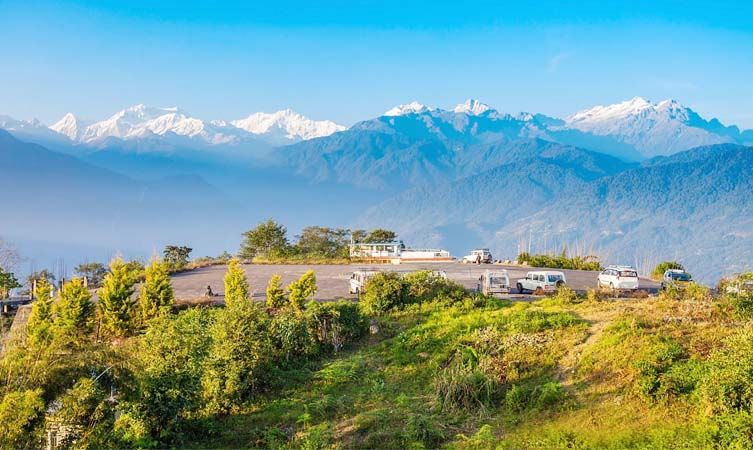
Pelling is second most visited destination by tourist in Sikkim. Fast growing Pelling is a pictureque hill station of Sikkim. It located in western part of Sikkim. Near to Namchi and Ravangala. Pelling is picturesque hill town at height of 5950 feet. Also, Skywalk at Pelling is 1st skywalk in India . Tourists enjoy visit of the waterfalls, Himalayan view, rock garden and monastery in Pelling tour. Pelling location and its places to visit makes it 2nd best place to visit in Sikkim with family, friends and honeymoon couple.
Places to visit in Pelling are Pelling Sky walk, Singshore Bridge (2nd highest bridge in Asia), Rimbi Waterfall, Kanchenjunga Falls, Changey Waterfall, Rabdentse Palace Ruins, Pemayangtse Monastery, Sanga Choeling Monastery.
How to reach Pelling
Pelling is just 70 KM from Darjeeling. Also Pelling distance from Siliguri is 135 KM and Pelling distance from Gangtok is 120 KM. You can hire private taxis or can opt for shared taxi or bus service to Pelling from Gangtok, Siliguri and Darjeeling.
Stay in Pelling
Pelling offers various hotel and home stay option for accommodation. Pelling have all category of hotels, From Luxury to standard hotels.
Namchi:–
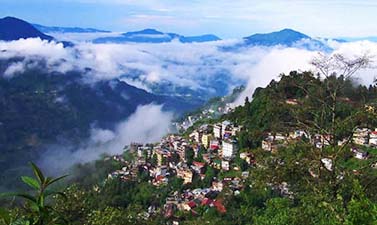
Namchi is one of fastest growing pilgrimage destination in Sikkim. Scenic Namchi have big shiva statue and replica of 12 Jyotirliga’s of god Shiva . Apart from that it has replica of Chardham of Vishnu . Namchi is famous for its Buddhist pilgrimage. Namchi have 118 feet statue of Buddhist Monk guru Rinpoche / Guru Padmasambhava. It world highest statue of Buddhist guru Rinpoche. Also Buddhist pilgrimage like Namchi monastery, Tendong Hill and Ralang Monastery attracts tourist as well as Buddhism followers. Apart from pilgrimage Namchi is famous for its rock garden and tea garden. It is a must visit place in Sikkim tour.
How to reach Namchi
You can reach Namchi by road from Gangtok or Siliguri or Pelling or Darjeeling. Namchi is 99 KM from Siliguri railway station and airport. Also Namchi is just 76 KM from Gangtok on Gangtok Pelling Road. You can reach Namchi by Taxi, Jeep and buses from Siliguri and Gangtok.
Stay in Namchi
Namchi has many hotel and guest houses to stay. These hotels offers very comfortable stay options along with testy food. Even government also provide stay in Chardham trust Namchi.
Ravangla:–
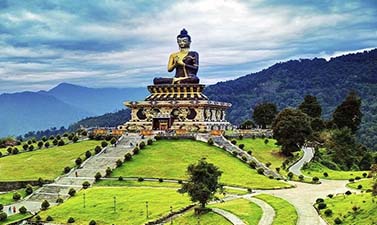
Ravangla is small tourist town in Sikkim. And Ravangla is famous for its large Buddha statue in Buddha Park. Also tourists gets best view of four major mountain for Sikkim from here. These mountains are Mount Kanchenjunga, Mount Siniolchu, Mount Pandim and Mount Kabru. Apart from that, Ravangala is one of the best place for birdwatching. The forests in Ravangla is home of many Himalayan birds. So, Birds like White-browed fantail, Hill partridges, Verditer flycatchers, Laughing thrushes, Dark-throated thrush, babblers, blue-fronted redstarts, cuckoos, and Satyr tragopan can be spotted in Ravangla.
Ravangla offers beautiful scenic view of mountain, forest, bird and many more to tourists.
How to reach Ravangla
Tourist reaches Ravangla by road from Siliguri and Gangtok. Taxi for Ravangla is easily available from Gangtok and Siliguri. It is located on Gangtok Pelling road. Gangtok to Ravangla distance is 66 KM. Its take 2 Hour to reach Ravangla from Gangtok.
Triveni Sangam camping Teesta river in Melli Sikkim –

Triveni Sangam is confluence of River Teesta and River Rangeet. This place is in Milli. This place is very famous for camping. It located on the bank of Teesta River. Beautiful beach and dense forest of location makes is very beautiful and scenic for camping. Also tourists enjoy river rafting here. River rafting in Teesta is very famous among tourists.
So, Places to visit Sikkim list is endless. Because of each place in Sikkim is picturesque with amazing view. Apart from that, places like Yuksom, Rumtek monastery attracts tourist and trekkers.

